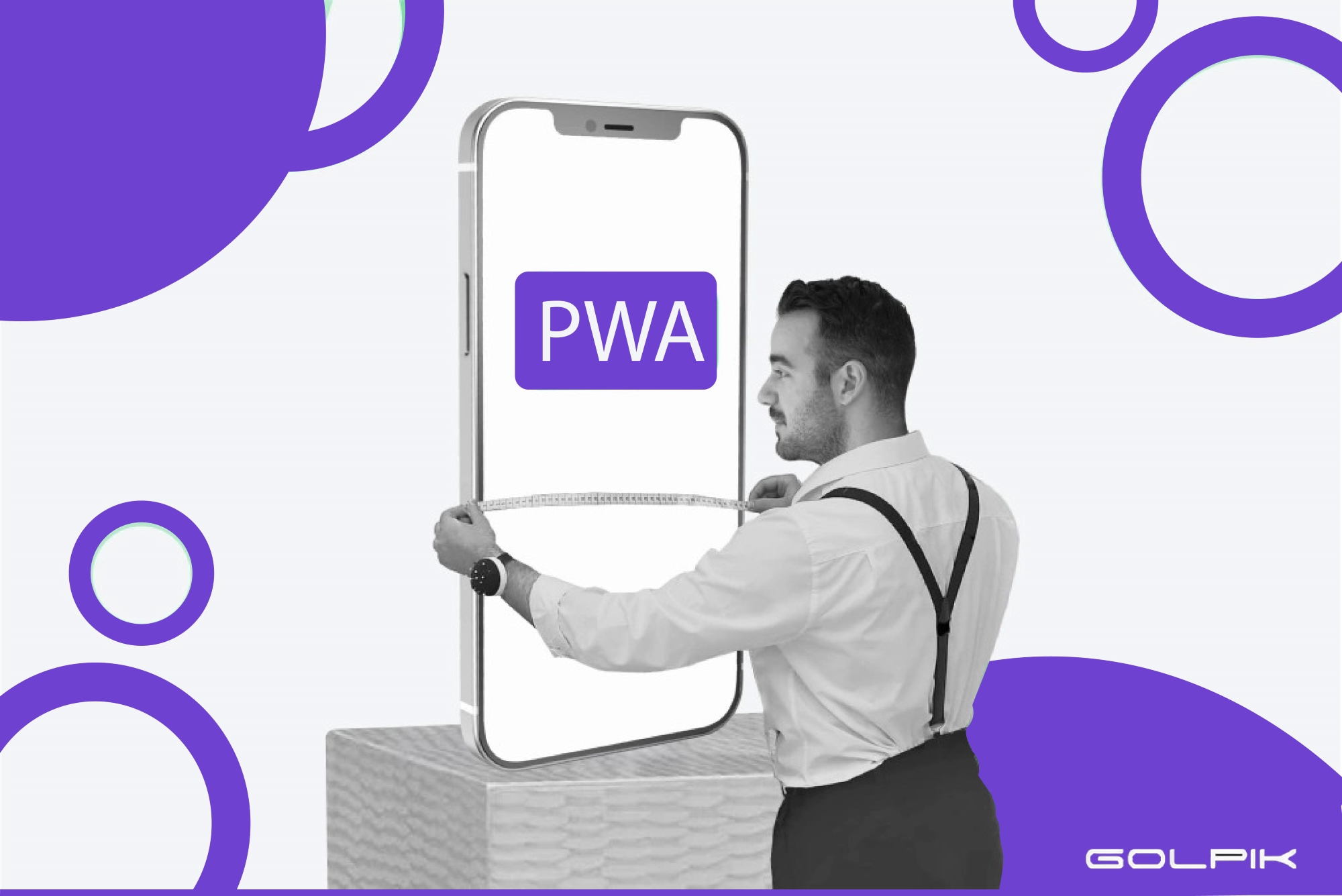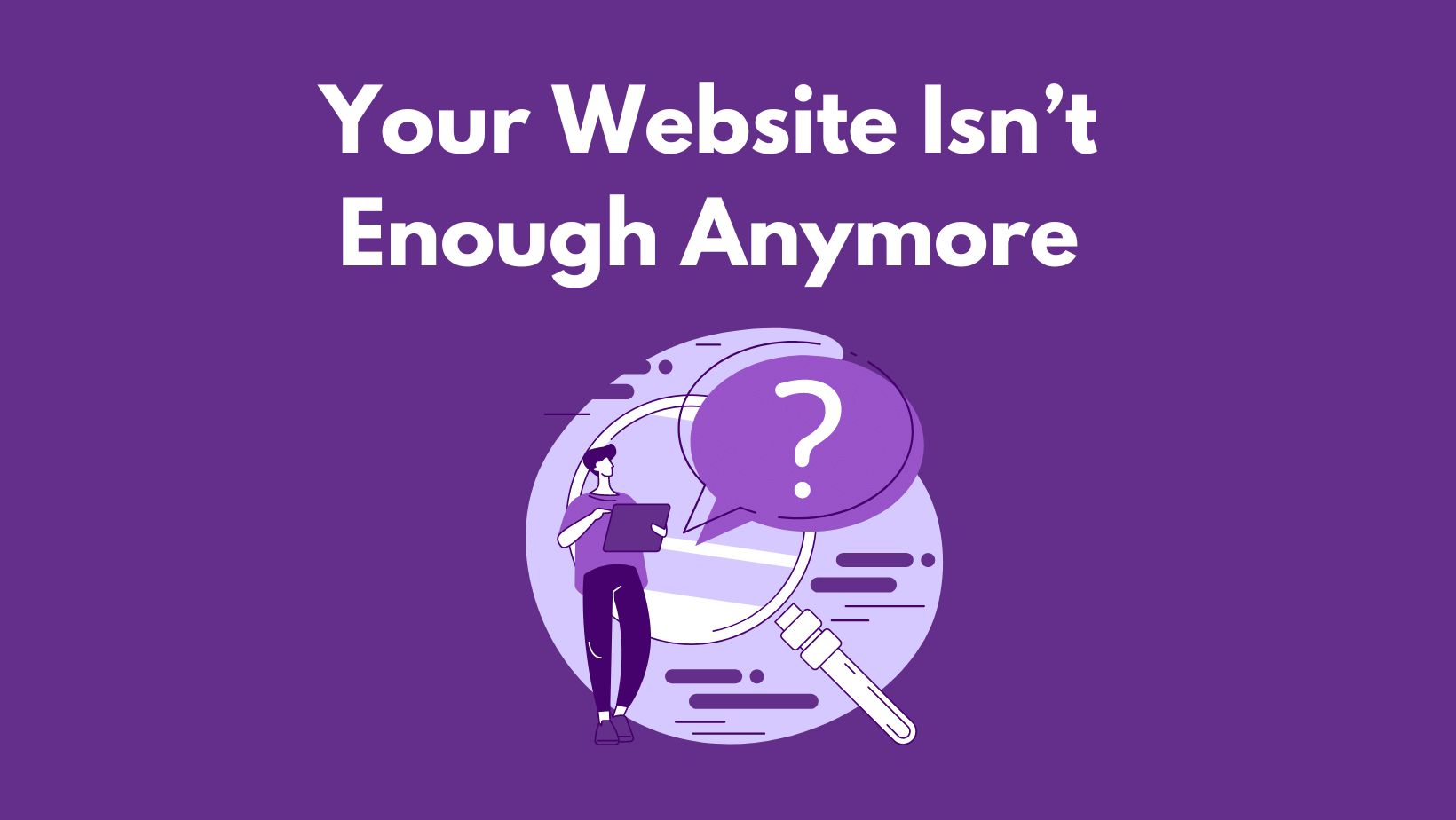It’s essential to understand that you only get one chance to make the first impression when it comes to user experience. In the case of web apps, speed makes the first impression about your business. Web app owners may assume their sites are fast enough without even measuring the real performance.
However, their idea of “fast” and that of the visitors may be quite different. Unfortunately, there isn’t a perfect solution that will magically do away with all performance roadblocks. However, there are a set of best practices to improve web app performance. That when carefully matched with your needs will surely help your business flourish.
Why Should You Care About Performance?
Substandard UX Increases Customer Churn
If your web app’s speed isn’t satisfactory, even the most relevant offering and best-optimized content won’t be able to do you any good. Everyone has become incredibly impatient as the quantity of stimulus around us has increased, and all we care about online is quick gratification. The longer the load time of a page is, the higher the chances are of a user leaving the page and heading to the competitor’s web app. For impatient users, even a blink of an eye is too long to wait.
Poor Performance Reduces Conversion Rates
If your web app is plagued by performance troubles, there’s no doubt you’re losing a lot of potential customers and hence a lot of revenue. As we have discussed above, users have become impatient which suggests that high page load time increases bounce rate, which directly translates to decreasing conversion rates. The probability of bounce increases 32% as page load time goes from 1 to 3 seconds. (Google, 2017).
If you’re curious about the impact of site speed of your business, Google’s Test My Site can quickly quench your thirst for this knowledge. It is a tool that will assess your site’s current performance, and correlate future improvement with the potential increase in revenue.
Visibility and SERP Ranking
According to Google, there is a correlation between a website’s speed and its user experience. This is because the visitors spend more time on fast-loading websites than on slow-loading websites. In 2018 Google announced that their ranking algorithms would start considering the “page speed” of sites. It is assumed that if your web app’s loading time is slower than two to three seconds, Google’s algorithm is most likely to lower its SERP position, nevertheless of how well it is optimized for SEO.
If you are aiming for your site to get a higher organic ranking on search engines, it’s needless to say that it’s essential to work on optimizing its performance.
Ways To Improving Web App Performance
Spot and Resolve Bottlenecks
The first and foremost thing you must do is to identify bottlenecks and problems that are slowing down your web app. If you do not have the extensive technical knowledge and you want to find out about your web app performance or what curbs its speed, you can check it with Lighthouse or PageSpeed Insights.
On the other hand, if you’re a more tech-savvy CTO, we recommend you try webpack-bundle-analyzer. Working with webpack-configured apps, this tool provides an interactive graph displaying the contents of your app. Using this knowledge, you’re one step closer to optimized performance and reduced bundle size.
When it comes to spotting bottlenecks at the backend, the tools chosen depend on the framework used in the project. For instance, if you have chosen Django framework, you can use Django Debug Toolbar. With this toolbar, you can see precisely what and how many queries were performed to load the page or resource along with the time needed to perform them. You can then refactor the code by exposing unwanted or slow queries.
Caching
Your web application performance goes up with the help of caching. The new page requests by users don’t have to be generated anew from your server for a certain time before you update your page with new content.
- Browser Caching
When a user visits the website for the first time, his web browser downloads various website resources such as images, JavaScript files, etc., and stores them in the local drive. When he visits the website again, the web browser will retrieve the web resources from the cache. As a result, the web page will load faster than the first visit.
Implementing browser caching is simple. Just add a Cache-Control header to your request. By doing so, you can control how, for how long, and under what conditions browsers cache the response.
- Server Caching
It stores content on the website’s server and does not have any involvement of the end-user, or a browser. By implementing it, only the first visitor to your website will request content from the origin server. Whereas all subsequent users will be served data from the same cache. This will relieve the server and improve the page load time.
Lazy Loading
Lazy loading helps reduce the loading time as instead of loading the entire web page and rendering it to the user in one go as in bulk loading, it only loads the required content and delays the remaining until the user needs it. It is a great option for optimizing page performance and keeping visitors on your site. IntersectionObserver is a popular lazy loading technique that can be used to keep track of what element should be downloaded next and also to divide modules by route. By doing so, the required modules are fetched only when a user navigates to a specific route. You can also toggle loading procedures with each image on the web page with the “loading” attribute.
Using Content Delivery Network (CDN)
When you host the website on a single server, all requests by users are sent to the same hardware. This not only increases the time needed to process each request but also the load time as the users are physically far from the server. CDN can help overcome this issue. The goal of CDN is to improve site rendering speed and performance. It stores a cached version of its content in multiple geographical locations at once to minimize the distance between the visitors and your website’s server. Each location has some caching servers responsible for content delivery to visitors within its proximity.

Content Optimization
A smaller page generally loads faster. If you’re uploading an icon or a logo, consider using the vector SVG format. It is lightweight and ensures detailed rendering of geometric shapes in all resolutions. Another way of optimization can be serving scaled images. If the visual content displayed on your web app is 800 x 700 pixels, there is no point in uploading an image six to eight times larger since it will be downscaled anyway while remaining heavy.
The best compression tool that may come in handy for content optimization is GZIP. It enables you to compress and decompress all types of files, ranging from plain text to detailed images and audio files.
Minification of Website Scripts
Minification is one of the main methods used to improve site speed and accessibility, and reduce bandwidth usage on web apps. With this, you can remove unnecessary characters such as, whitespace, comments, and line breaks from codes and web pages without altering the functionality of the general code. All you have to do is enter the code you want to minify on the selected tool, and all the unnecessary data from that code snippet will be removed.
Wrapping it Up
Waiting for a website to load is not a pleasant experience for any user and they no longer have to put up with the poorly optimized web apps whose performance leaves a lot to be desired. At least not with so much competition in the market.
Optimization is a never-ending process so we’ll suggest you to keep analyzing your web app performance and to keep testing your assumptions. Any business, irrespective of its size and/or budgetary constraints, should work on optimizing their web apps as they are quite beneficial for your business, in terms of conversion, usability and visibility.
We, at Golpik, being a web development company understand the world of web apps deeply and technically. If you want to ensure that your web app loads as fast as possible or you want to know why and how you can optimize your web app performance, you can always Contact Us.








